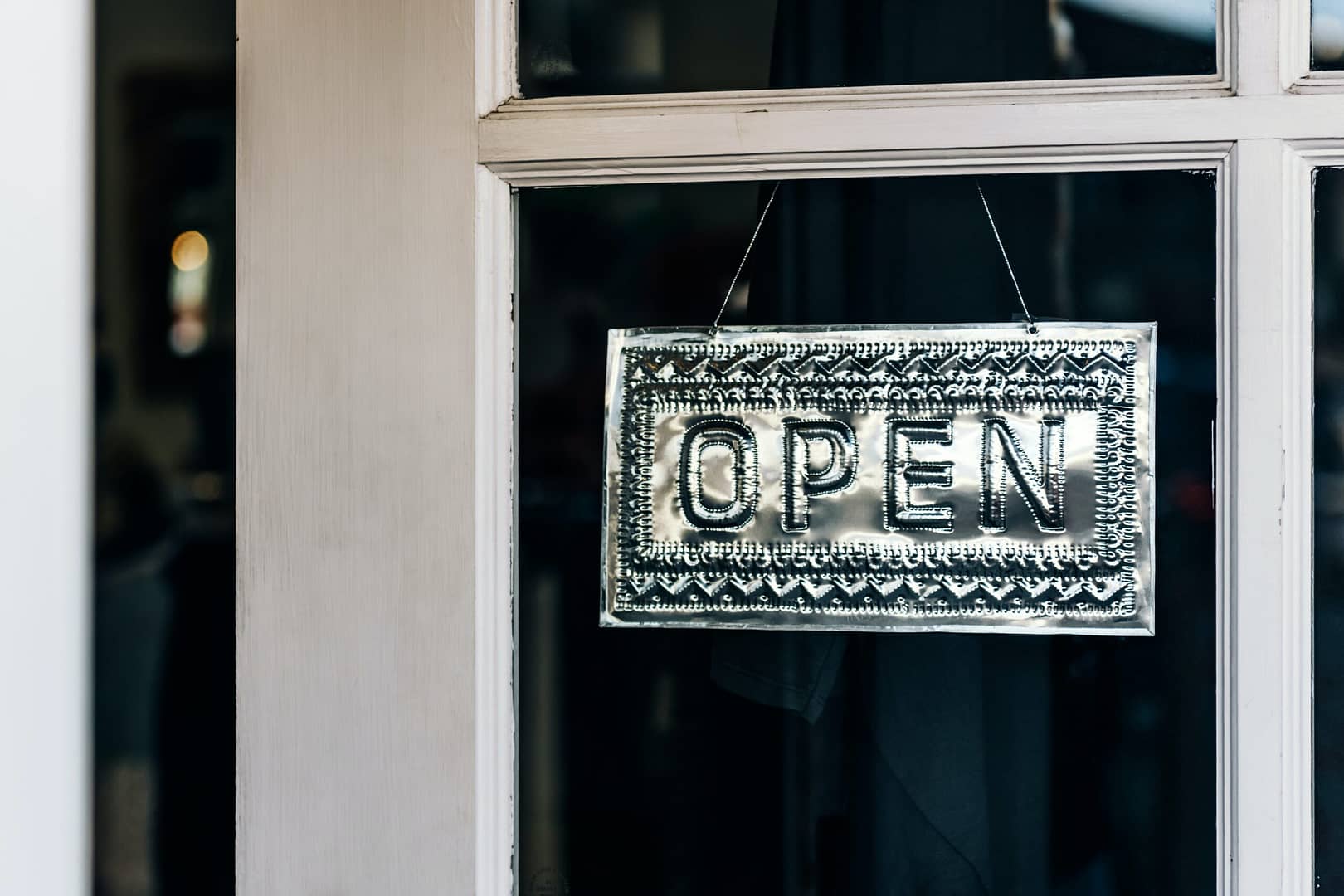When should a business apply for loan forgiveness?
Borrowers have ten months after the last day of their covered period to apply for loan forgiveness. A borrower may apply early for loan forgiveness under the new guidance, but doing so removes a safe-harbor provision that allows borrowers to restore wages by December 31, 2020 and avoid reduced forgiveness amounts. Borrowers may want to discuss the timing of the loan forgiveness application with their tax advisor to determine if there are any tax benefits for deferring the application until the following tax year.
Does receiving a PPP loan affect taxable income for the borrower?
As of December 27, 2020, all PPP-funded expenses are tax-deductible. Previously, the IRS released Revenue Ruling 2020-27 stating that PPP expenses were not deductible on borrowers’ 2020 tax returns because PPP loans are, in spirit, reimbursement of costs and meant to be completely forgiven. Based on the wording in the new bill, the IRS has now issued Revenue Ruling 2021-02 which makes the original ruling moot.
Some states, such as California, have previously determined that such deductions would remain non-deductible at the state level, regardless of any guidance coming from Congress that we now have. Other states may follow suit.
Am I eligible for full loan forgiveness?
For full loan forgiveness eligibility, a business must maintain employee headcount AND compensation levels and the loan amount on eligible expenses
To determine headcount — compare average number Full Time Employees (FTEs) per month between February 15, 2019 and June 30, 2019 or alternatively January 1, 2020 to February 29, 2020.
FTEs are calculated on a 40 hour a week basis with each person capped as one person — relevant for employees who worked overtime. The guidance does provide a simplified calculation to count any employees working on average 40 hours or more as 1.0 FTE and anyone else as 0.5 FTE. The number of FTEs should be calculated the same way for all parts of the application.
To determine compensation level — each employee’s wages compared with the most recent full quarter cannot have dropped more than 25%. Employees with wages over $100K are ignored for this purpose.
If a borrower has had a reduction in headcount or salary, the borrower may benefit from listing on the Forgiveness Application all eligible costs spent during their Covered Period, even if amounts spent are above the amount of the loan.
What items affect the amount of the loan that is forgivable?
If the headcount or compensation level was reduced between February 15, 2020 and April 25, 2020 but is re-established by June 30, there will be no reduction in the loan forgiveness amount. Or if using a 24-week period, by December 31, 2020.
If the borrower received an Economic Injury and Disaster (EIDL) loan and used the proceeds for payroll costs, the PPP loan must be used to refinance the EIDL loan, and proceeds from any cash grant received up to $10,000 on the EIDL loan will be deducted from the loan forgiveness portion amount on the PPL.
After the Covered Period ends, the Borrower will need to submit a request to the lender who is servicing the loan to request forgiveness. The request will include all documents supporting the spending of the funds, number of full-time employees, and compensation levels. The lender will have 60 days to decide on forgiveness.
Can I use the EZ application to apply for loan forgiveness?
The EZ application can be used by borrowers in the following circumstances:
- Self-employed borrowers with no employees
- Employers who have not reduced salaries or wages by more than 25% and maintained FTE headcount
- Employers who have not reduced salaries or wages by more than 25% but due to reductions in business activity resulting from health directives related to COVID-19 were unable to maintain FTE headcount



